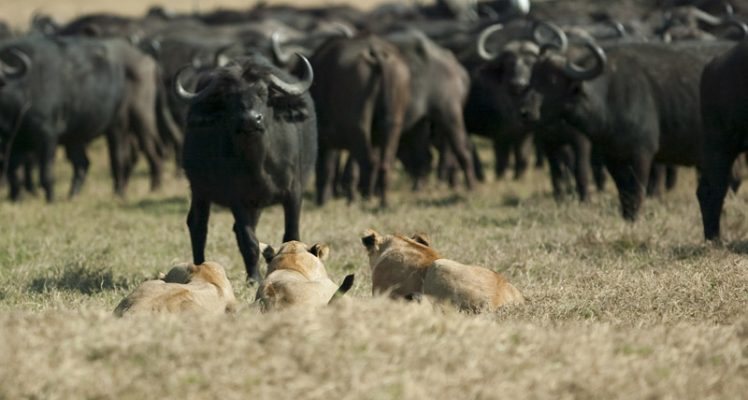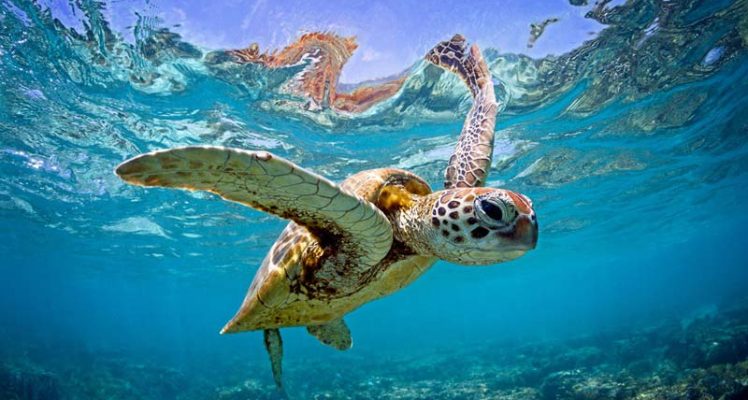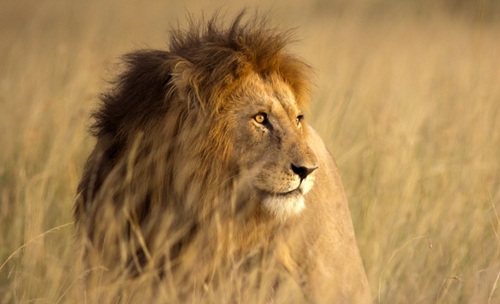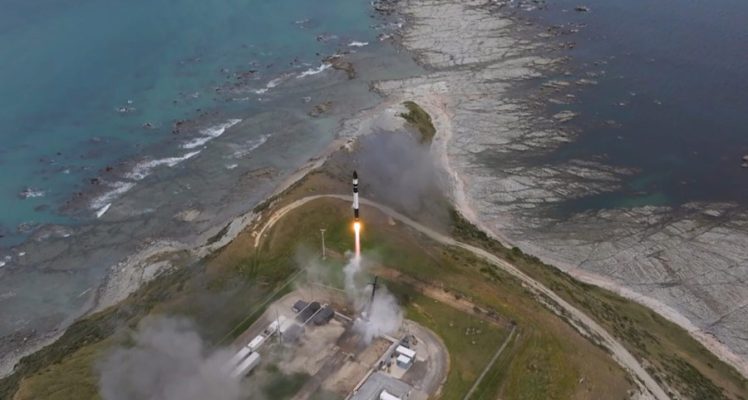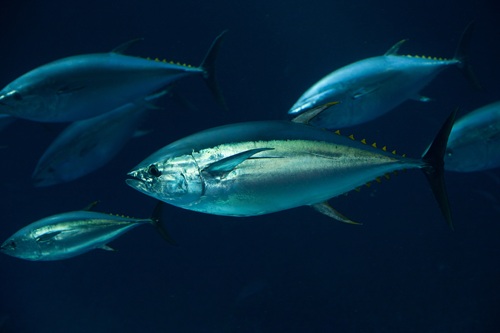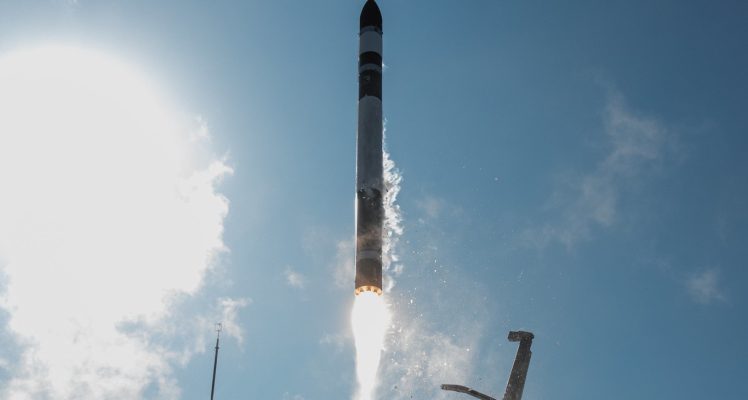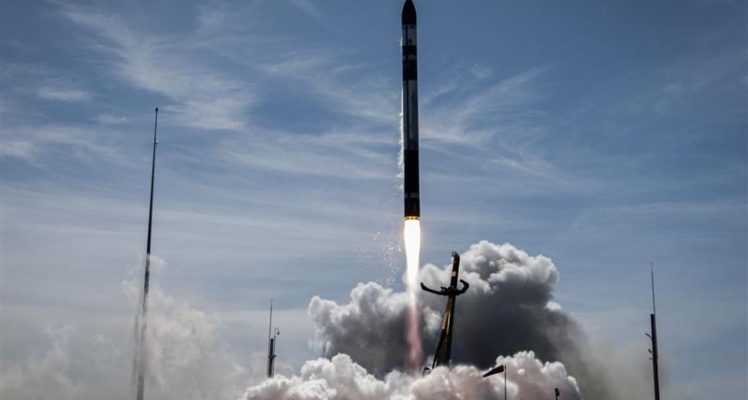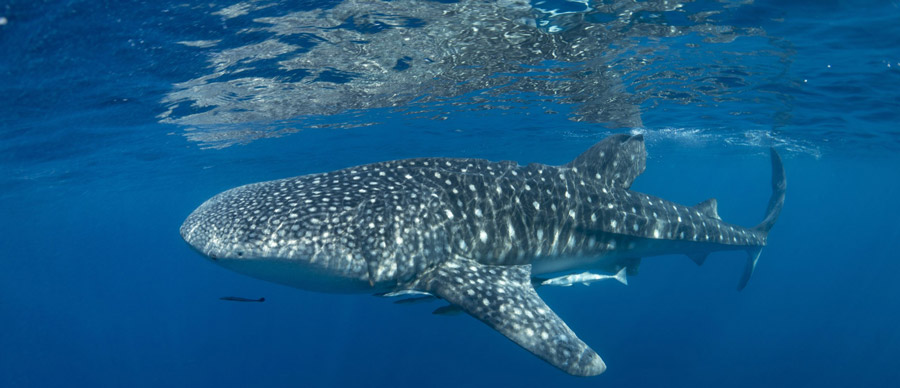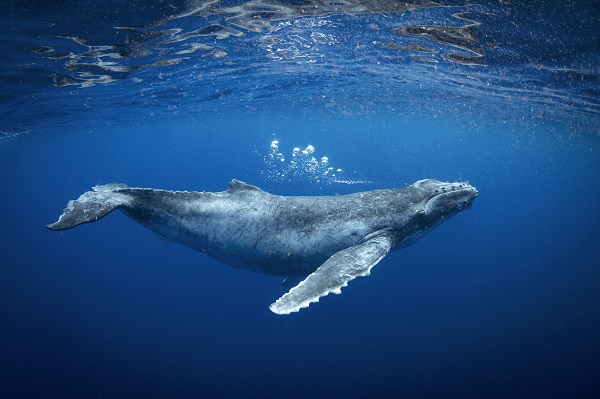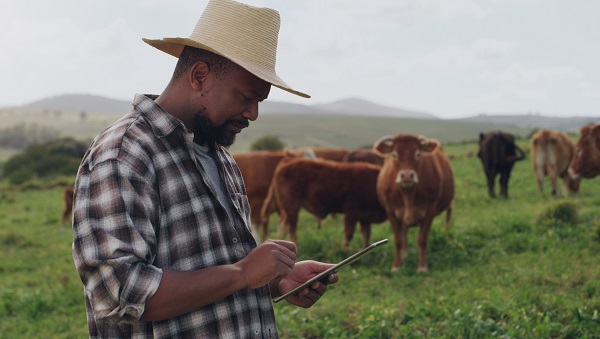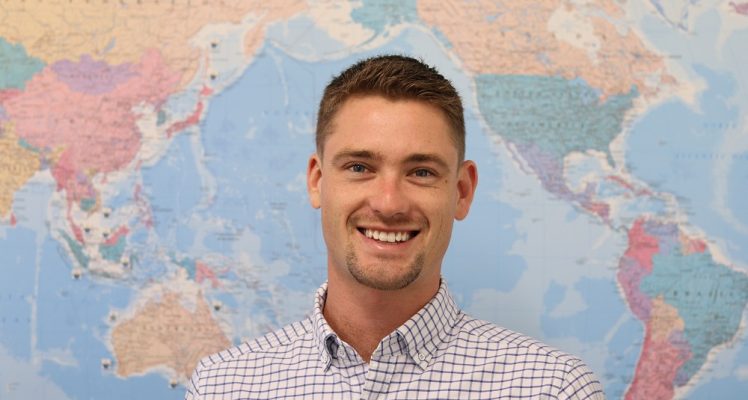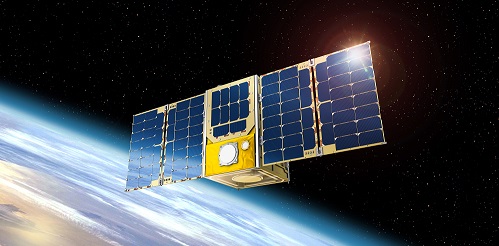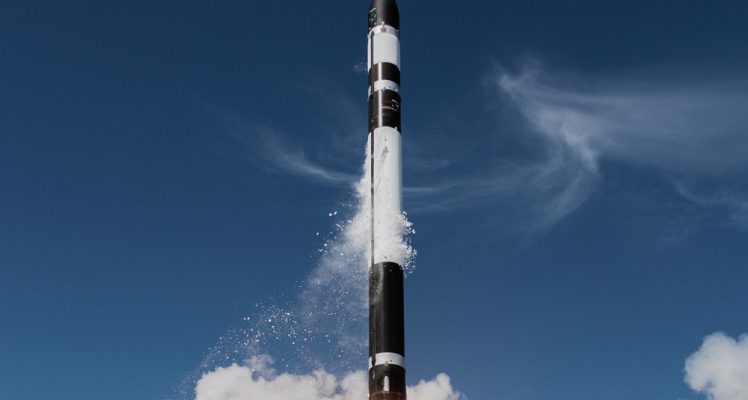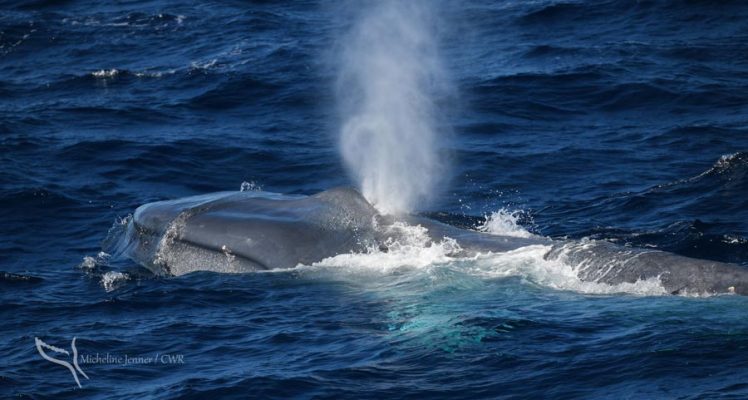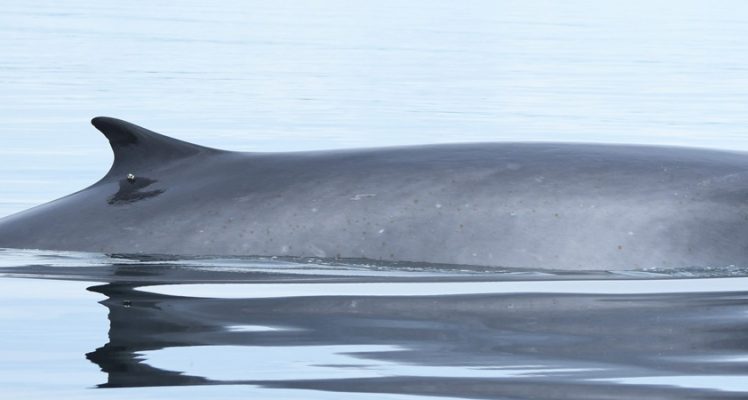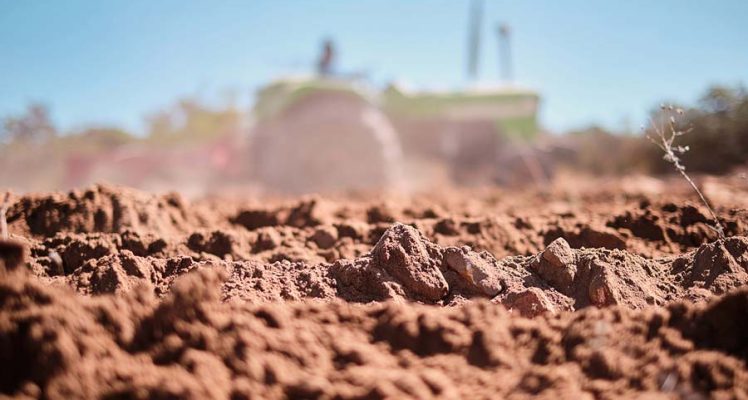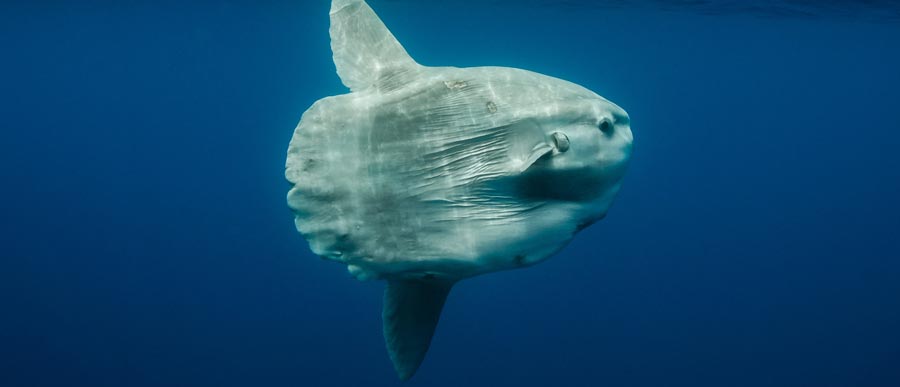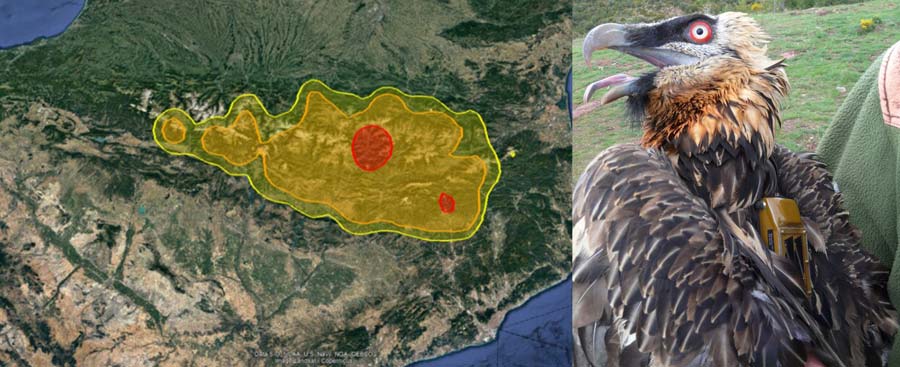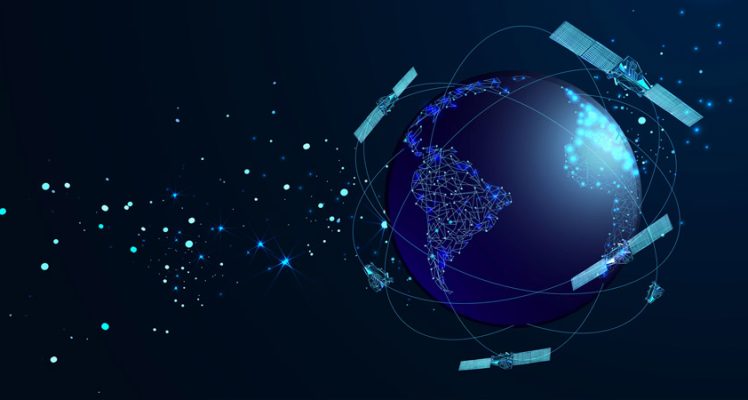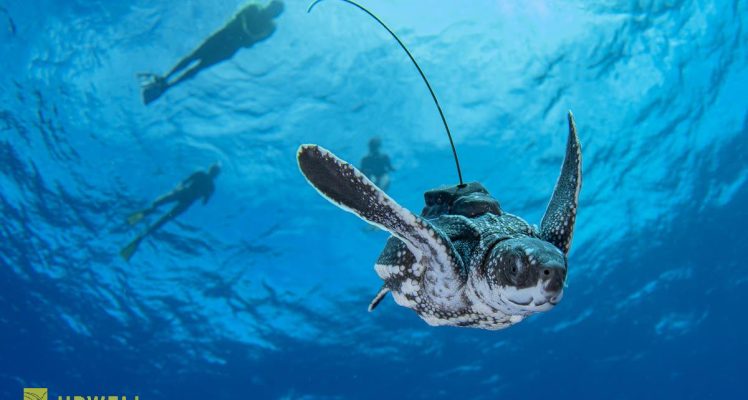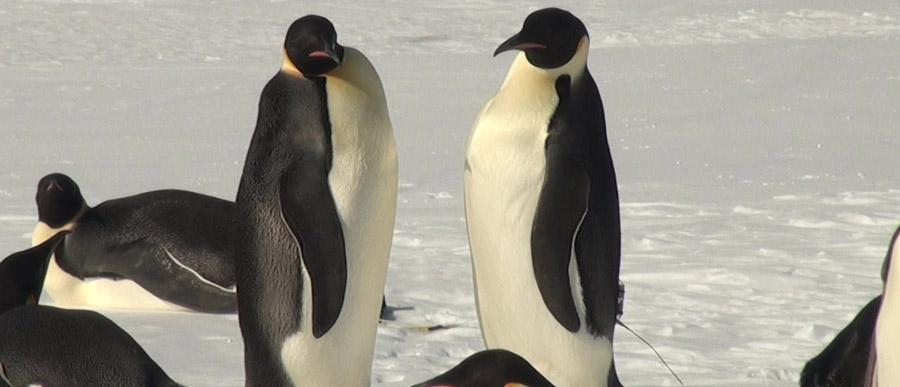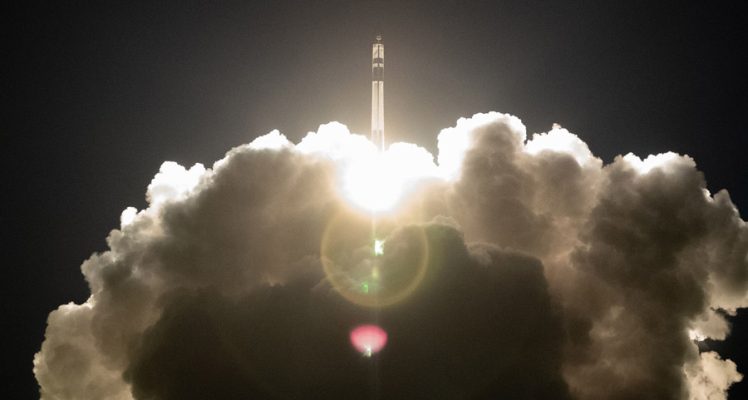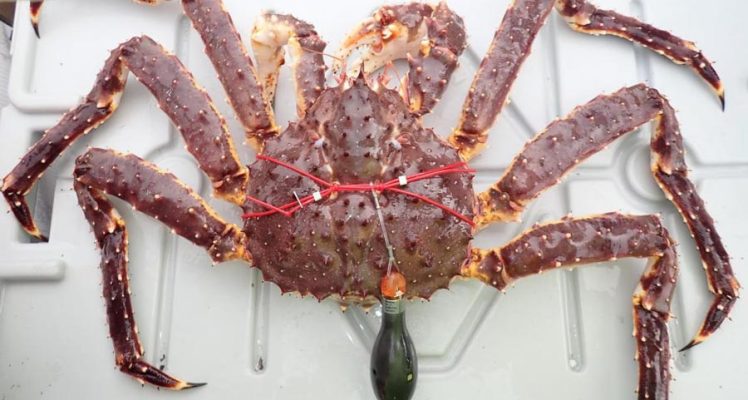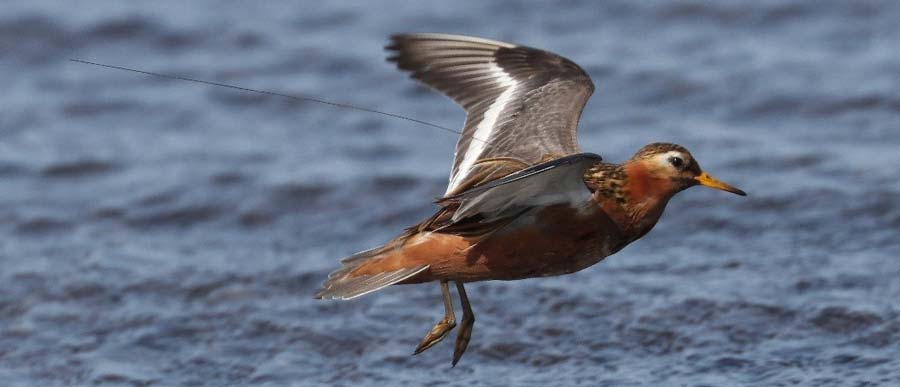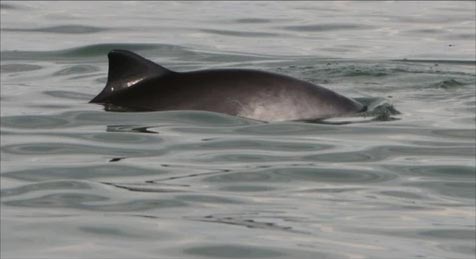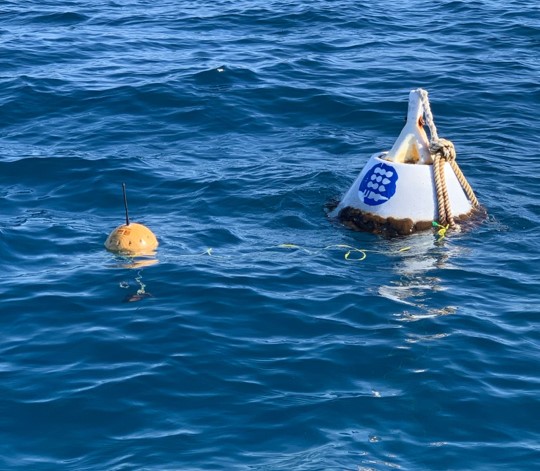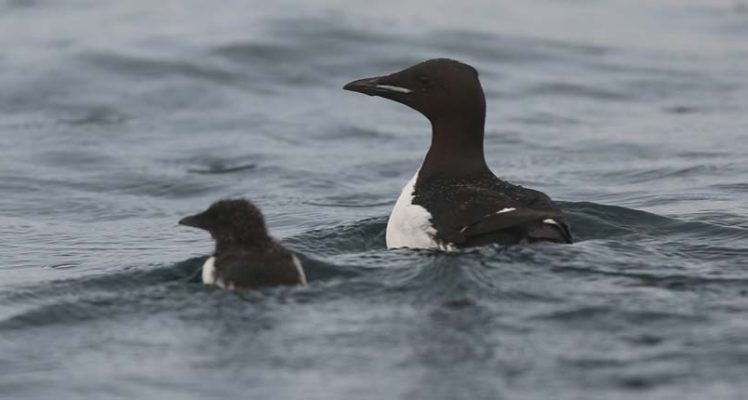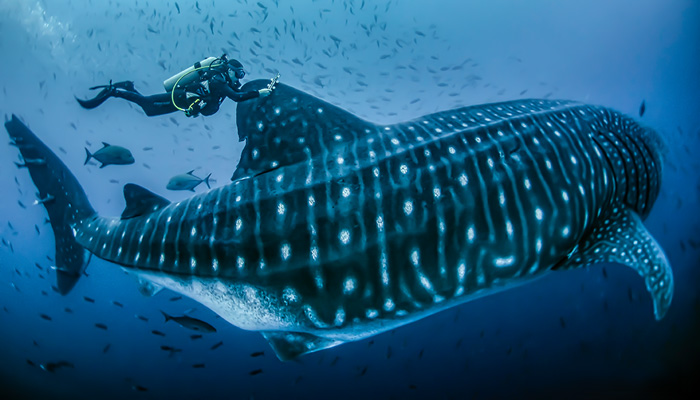Argos News
Search filters
Argos Services for Wildlife Conservation
Argos Wildlife NewsletterFeatured Stories this month 👉 Near Real-Time Tracking to Protect Livestock and Predators: Read more 👉 Mozambique’s Gentle Seagrass Gardeners Under Watch: Read more 👉 Sharks...
Human-Wildlife Conflict Efforts Expanded with Argos
In South Africa, the savannah tells a complex story, where humans, livestock, and wildlife share space, but not always peacefully. Our work with the Endangered Wildlife Trust (EWT) has been...
New Global Initiative to Map Blue Corridors for Turtles
A new WWF-coordinated initiative called Blue Corridors for Turtles aims to close critical gaps in marine turtle and ocean conservation. Launched on World Sea Turtle Day, this multi-partner...
From Space to Savannah: Argos Services Prevent Conflict between Cattle and Carnivores
In South Africa, many livestock farmers live close to protected nature reserves. When cattle wander into these areas, they are at risk of being attacked by wild predators such as lions, leopards, or...
A New Era of Argos Smart Environmental Solutions
Back in 2018, Kinéis, the brainchild of CNES and CLS, was created with one objective: revolutionizing the first space IoT dedicated to the environment. Now, the adventure has come full orbit thanks...
Recovery of a Satellite Tag Advances Bluefin Tuna Conservation
In an extraordinary achievement, an Argos satellite tag deployed on a bluefin tuna was recovered after 385 days of tracking, marking a significant milestone in marine conservation efforts. Thanks to...
Argos Services Enhanced with 4th Successful Launch of 5 Nanosats
We are excited to share that our Space IoT partner Kinéis and their launcher Rocket Lab have successfully launched another 5 nanosats for the fourth time. The addition of these state-of-the-art...
A Third Milestone for Argos Services: Successful Launch of 5 More IoT Nanosats
Congratulations to our Space IoT partner Kinéis and their launcher Rocket Lab on the third successful launch of 5 more nanosatellites. With these additional satellites now in orbit, the...
Climate change could make whale sharks more vulnerable to shipping threats
Whale sharks are among the world’s most emblematic and vulnerable species, living in the warm oceans of the tropics. In future, climate change could reshuffle their habitats, potentially also...
Join us at the Society for Marine Mammology Conference
For the first time in its 50+ year history, the Society for Marine Mammalogy will convene in Australia. This November 11th - 15th, the SMM 2024 Biennial Conference in Perth, Western Australia, will...
Discover The Future of Farming: Argos Smart Herding Solution
As the agricultural sector continues to evolve in response to modern challenges, the integration of smart technologies has emerged as a game-changer, particularly in livestock management. Among...
Tracking Wildlife and Protecting Oceans: Oliver Palin’s Work with CLS Oceania
As a passionate environmental scientist and technical expert, Oliver Palin is at the forefront of data-driven environmental management at CLS Oceania. With a strong background in Marine Science and...
ANGELS concludes its mission
ANGELS, France’s first industrial nanosatellite, will be decommissioned on December 18, 2024, exactly five years after its launch in December 2019. Initially designed with a two-year lifespan,...
Another 5 New IoT Satellites for Your Argos Solutions
Well done to Kinéis, our space IoT partner, and Rocket Lab, their launcher, for this second successful launch! A few hours ago another five nanosatellites were placed in orbit, joining the first...
Pygmy blue whales around Australia
Pygmy blue whales are migratory whales of the Southern hemisphere. Their migration leads them into areas where they can be threaten by anthropogenic activities. Argos satellite telemetry can help in...
Fin Whales from the Gulf of St Lawrence
Fin whales are a large species of whale, which behaviour and stocks are still uncertain. Tracking them using Argos telemetry tags enables to better assess...
Argos Services and Smart Agriculture: A Solution to South Africa’s Water Crisis
South African agriculture is anticipated to face a 17% water shortfall by 2030, creating a significant challenge for the industry. Neville Boorman, an expert in smart agriculture and IoT Farming at...
Tracking a Sunfish in the Mediterranean Sea
Sunfish is a strange creature roaming the temperate and tropical oceans throughout the world, including in the Mediterranean Sea. Tracking it using pop-up archival tags can help in better understand...
A Bearded Vulture Tracked for 14 years
Bearded vultures are essential to the ecosystems they inhabit. This threatened species has been monitored for a better understanding and protection in the Pyrenees mountains for about 30 years now....
Argos Solutions Are Getting a Boost
Congratulations to our Space IoT partner, Kinéis, and their launcher Rocket Lab for this evening’s successful launch! Today, the first five of a planned constellation of 25 nanosatellites are in...
New Generation of Argos Services are on Their Way With the 1st Launch of the Kineis Constellation on the 20th of June!
Kinéis, our Space IoT partner, has announced that it, along with RocketLab, will launch the first five nanosatellites carrying new generation IoT payloads for Argos Services. Due to unfavorable...
Using Micro-Satellite Tags to Track Tiny Sea Turtles
Upwell works to better understand how sea turtles use different marine environments at various life history stages in order to reduce the threats they face at sea. However, collecting data on a...
Where do Emperor Penguins moult in West Antarctica?
Moult is a challenging phase in the annual cycle of emperor penguins. It is a time when they must haul out of the ocean, cease eating and rely on their energy reserves whilst their feathers...
New Generation Argos Services Live Launch
Kinéis, our Space IoT partner, along with RocketLab, is launching the first five nanosatellites carrying IoT payloads for Argos services. Due to unfavorable weather, the Kinéis launch planned for...
Estimating where pop-up tags surfaced to better track Bering Sea crabs
Red king crabs can be tracked using pop-up tags which release and surface after a scheduled time. However, once at the surface, they may not be located immediately, which introduces an important...
Red Phalaropes: Their Migratory Routes and Behaviors with Argos
Red phalaropes are migratory birds breeding in the North American continent and wintering in pelagic regions of the Atlantic and Pacific oceans from northern California to Peru/Chile. Argos helps to...
Harbour porpoises in the Wadden Sea
Some marine areas, such as the Wadden Sea, along the North Sea coasts of Denmark, Germany and the Netherlands, are of special interest. Among the species found there, the harbour porpoises are...
CLS Leading the Transition to Sustainable Ocean Tech
Last year we unveiled the wooden buoy, a CLS innovation, that aims to reshape In Situ Ocean Monitoring. Part of an ongoing project to develop an eco-friendly way of gathering vital metocean data,...
Guillemots chicks swim with their fathers in the currents
Guillemots are seabirds with an original departure from the nest. Once on the sea, they migrate with their father to autumn staging areas. Argos satellite telemetry helps in better understand this...
Animal Telemetry Network: Understanding Marine Life movement
Instrumenting animals with transmitters has been done for a number of years, in particular using the ARGOS satellite system, to gain knowledge on their ecology, assess species vulnerability to...


